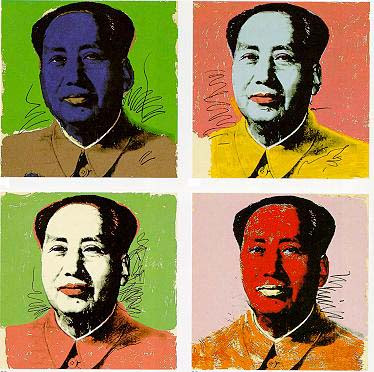
Dress by Claire McCardell,
c. 1950.
And they said no one designed like Halston.
There's always a lot of talk about what's in and what's over in the ever-changeing world of fashion, but to most Americans high-fashion runway trends are of no significance. Sportswear is what matters. Young ladies across the country stock up on sloppy knit tops and poorly constructed jeans, while clinging to years-old cargo pants and more-than-gently worn flip-flops. Why? These somewhat questionable fashion choices have very little to do with trendiness, and so much more to do with the unfashionable pursuits of personal comfort and low-brow conformity.
A stroll across almost any college campus in America &mdash with the exception of, say, FIT &mdash will prove this sorry point. The kids are wearing pajamas in public, short skirts and tank tops, "vintage" t-shirts (still!) and the kids are wrong.
We all choose our uniforms, why not make the effort to choose that which flatters, is tasteful, and comfortable not only for the wearer but those around them as well? Sadly, it's not always that simple; stylish practical clothes are not easy to find. There's really nothing wrong with sportswear, or even the t-shirt, but there is much room for improvement.
As an antidote to fashion's gradual decline: mass-produced Ready-to-Wear, to the disheveled hippie, to The Gap, I propose we revisit the work Claire McCardell, inventor of sportswear. As is often the case, when she did it first she did it right. So many of McCardell's designs look so fresh and modern that they could have been torn from last week's Vogue, shot in grainy black and white only for effect. But her work was not only stylish, it was functional, practical, easy to wear. McCardell is the woman who designed evening dresses with pockets. Today it's hard to find a pair of ladies trousers with functional pockets, much less a skirt. Apparently, even though we carry keys and cards and cellphones, modern women have less need for a place to put them than women in the 1940s.
McFashion may churn out polo shirts, tube tops and ill-fitting pants in fourteen different shades of navy, but we need not fall into fashion apathy by buying them. Let's demand the extra 1/10 yard of material required for pockets! Let's refuse poorly cut pants and cheap fabrics! If sportswear is the the people's clothing &mdash then people, we must demand better!






